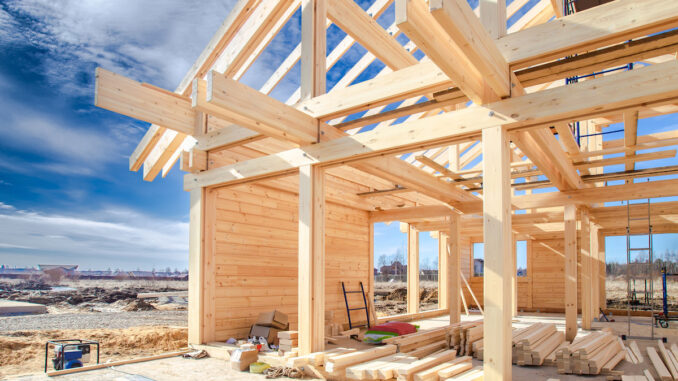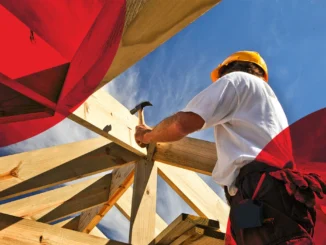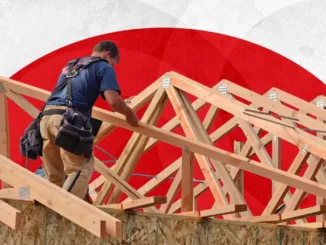
As homebuilder sentiment in the newly built single-family home market has started to rise in 2023, so has builder sentiment in the remodeling market.
The National Association of Home Builders (NAHB)/Westlake Royal Remodeling Market Index rose to a reading of 70 in the first quarter of 2023, a one point increase compared to Q4 2022, according to data released Thursday.
“An overall RMI of 70 is consistent with NAHB’s projection that the remodeling market will grow in 2023, but at a slower pace than in 2022,” Robert Dietz, the NAHB’s chief economist, said in a statement. “One potential area of growth, given the aging U.S. population, is aging-in-place remodeling. In fact, 63% of remodelers reported in the first quarter doing aging-in-place work, with bathroom projects like grab bars and curb-less showers being particularly common.”
The index is based on a survey that asks remodelers to rate five components of the remodeling market as “good,” “fair” or “poor,” and each question is measured on a scale from 0 to 100. An index number above 50 indicates that a higher share view conditions as good rather than poor.
The Current Conditions Index, which is an average of the scores for large remodeling projects ($50,000 or more), moderately-sized projects(at least $20,000 but less than $50,000) and small projects (under $20,000), was 75, dropping two points from Q4 2022. This decrease was due to drops in both the large remodeling and small remodeling components.
Despite their outlook on current conditions, remodelers are optimistic about the future. The Future Indicators Index, which is an overage of the components that measure the current rate at which leads and inquiries are coming in, and the current backlog of remodeling projects, rose two points from last quarter to a reaching of 64, as both components recorded two point gains, respectively.
“Remodelers are generally optimistic about the home improvement market, although some are noting negative effects of material shortages and higher interest rates,” Alan Archuleta, NAHB remodelers chair, said in a statement. “Customers are still undertaking larger projects, but are mostly paying cash rather than financing them.”



